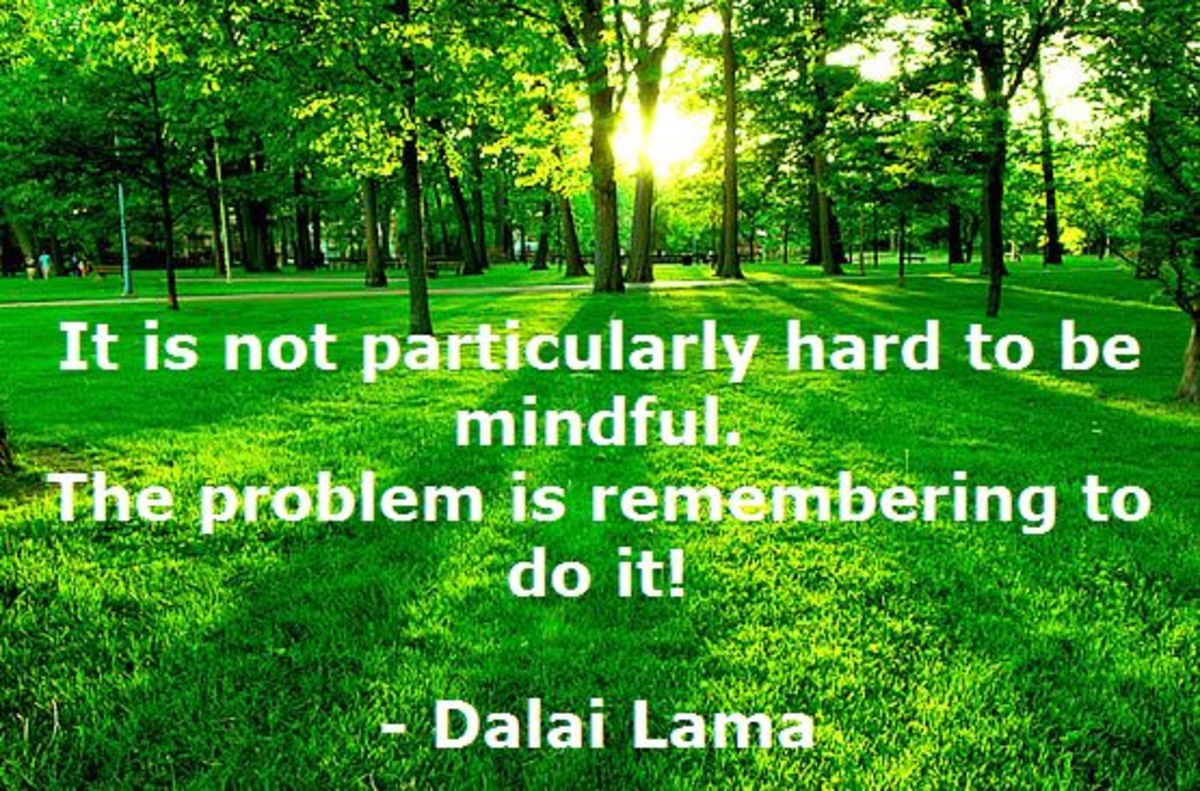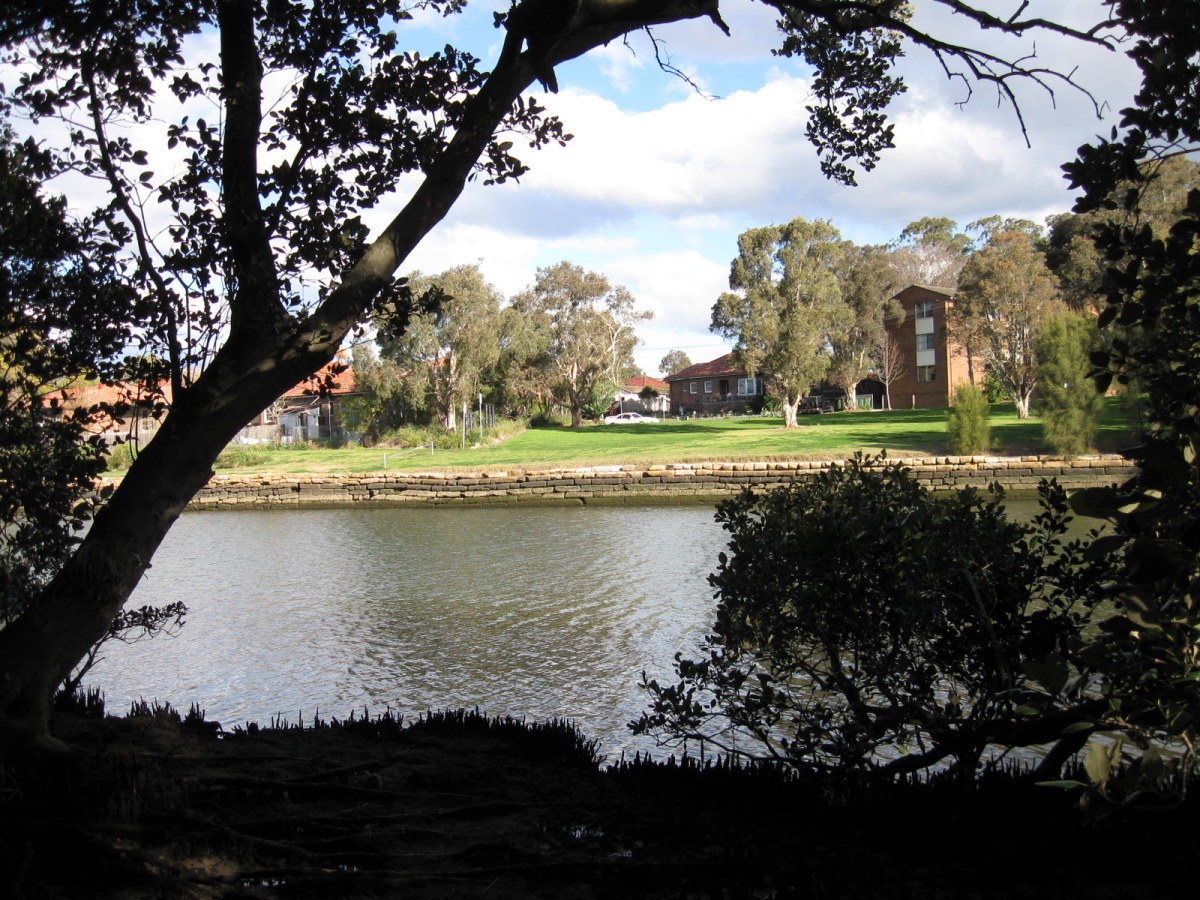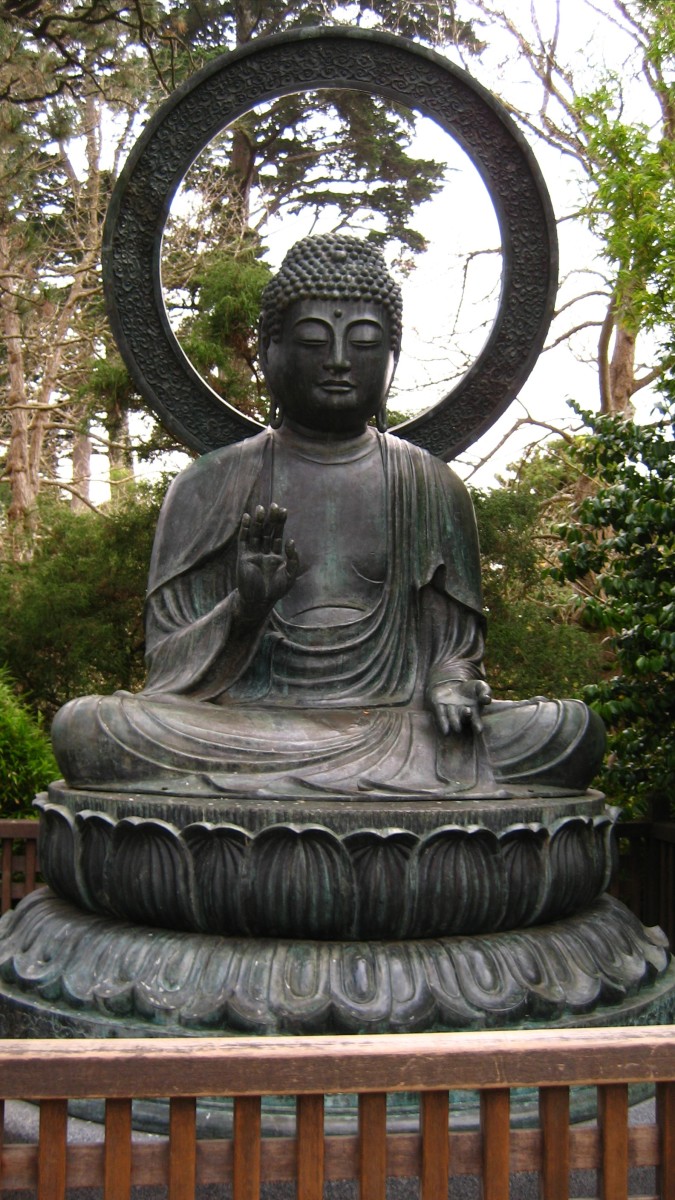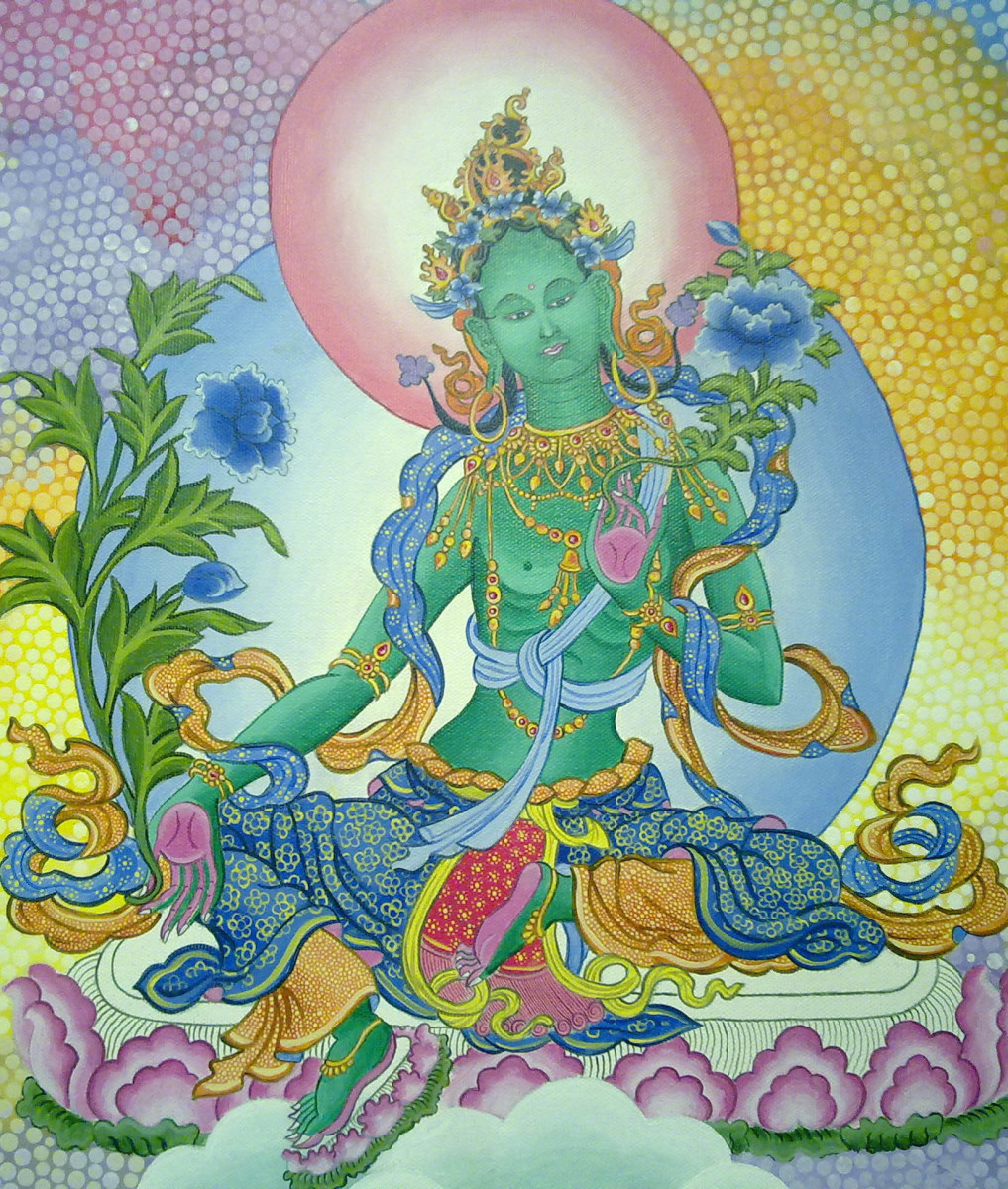Surviving Vipassana Meditation
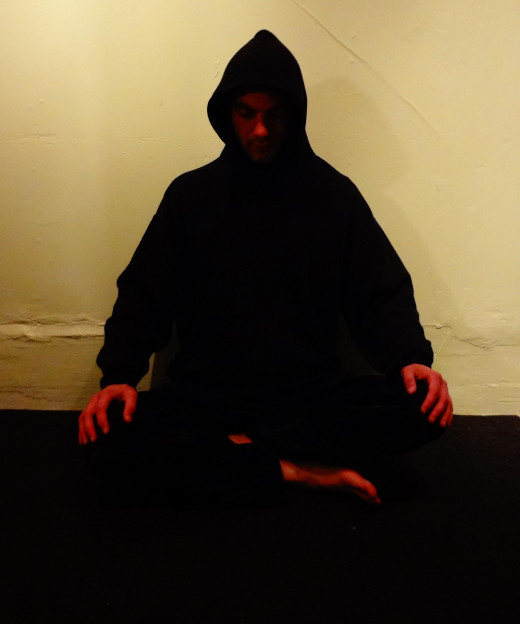
The purpose of the Vipassana meditation is to sharpen the awareness of the mind to sensations in the body while not reacting to those sensations. This has many advantages. A sharper mind can function better in your everyday life, therefore giving you more free time and self confidence. The advantage of not reacting to the sensations you feel will begin the end of your suffering. Vipassana, if practiced correctly, will retrain the habit pattern of the mind to dissolve craving and aversion when reacting to bodily sensations. In the real world this translates to overcoming addictions and avoiding conflict. The meditation works at a psychologically deep level, interrupting the usual chain of events when we encounter an unpleasant experience in our lives. This is anger management and substance abuse treatment at the core.
My Experience
I took a ten day Vipassana course in Northern California in June 2012. Honestly, I didn't read the requirements until the day before I left. I thought I was taking a ten day vacation from work... oh boy was I wrong! We practiced Noble Silence the first nine days; no communication with our fellow meditators- no easy task for a talkative guy like myself. Similarly, no cell phones, music or other distractions were permitted. We meditated four (4) to nine (9) hours a day (no joke) and watched a one hour discourse video explaining the technique. We ate a usually delicious vegetarian breakfast and lunch followed by tea in lieu of dinner. The setting was designed to help us focus completely on the inner work. We were required to follow the tenants of "no killing," "no lying," "no stealing," "no intoxicants," and "no sexual activity." The first four were pretty easy to follow ;). The ten days seemed to drag on endlessly but ultimately I'm better as a result. I didn't realize the potential of my own mind until I was truly free from all my usual distractions.

Noble Silence
The practice of silence had a profound and deep impact on me. I realized how easily my mind becomes distracted and how hard it can be to simply think clearly. I noticed how often my mind likes to run into fantasy land. My ego assists in the creation of imaginary thoughts of activities I would love to do and toys I would love to have. Everything from fast expensive cars and super powers to sexual fantasies and altering of memories into more pleasurable experiences. While these self-indulgent thoughts are okay sometimes I wasn't aware how often my brain wandered there until I was forced to watch my own thought patterns. This ego gratification has definitely impaired my ability to work efficiently and effectively in my ordinary life.
In addition to the fantasy day trips I found my mind has a tendency to become easily distracted by other things happening in my surroundings. This is a measure of my ability to focus. Being able to truly control your own mind means not relinquishing your attention to other sensations around you. The practice is not a quick fix but more of a regular practice. The more time you set aside to retrain your mind the easier it will be to focus on what you're doing when it really matters.
Finally, the Noble Silence revealed my habit of idle chatter. The sharp contrast of not being able to speak for over a week was humbling. I reflected on how much I have a tendency to add unnecessary words to a conversation. There is a gray area between joking around and just filling space with noise. The practice of Noble Silence raised my awareness to the subtle difference. I know that it's important when communicating with others to keep your speech specific and effective. The hard part is noticing when you wander off with idle chatter that's not as important as the initial topic. This goes back to mind control and the importance of focus and discipline
Technique
The purpose of the Vipassana meditation is to to become aware of your bodies sensations while sustaining equanimity. It differs from other meditations that involve verbalization or visualization. When you focus on an image or thing you use your imagination which is not the purpose of Vipassana. The Vipassana technique is meant to improve your awareness of reality as it is – not to exercise your imagination. When meditating you are literally just observing your own body and developing the sensitivity of your awareness. Once you become aware of the naturally occurring sensations in your body your second job is to sustain a neutral demeanor (equanimity).
Developing equanimity seems easy but at times it can be difficult. You must not develop cravings towards pleasurable sensations nor develop aversions towards discomfort. The first uncomfortable sensation I noticed was my posture. In my childhood I always slouched and only just recently took it upon myself to correct this bad habit. Going into my ten day meditation I had no idea how hard it would be to sit up straight for one to two hour sittings! I noticed myself getting frustrated at my own situation which basically equates to developing an aversion to some sensations. Luckily within the first few days with the guidance of our teacher Satya Narayan Goenka, I made it my new focus to remain equanimous in spite of my discomfort. Remaining equanimous is the aspect of Vipassana meant to remedy and prevent Saṅkhāras. A saṅkhāra is a craving or aversion based on pleasant or unpleasant experiences. They are a hindrance to our spiritual growth because they keep us distracted and consumed by our world of material illusions. Consider for example any human addiction (e.g. drugs, gambling, shopping, eating, sex, et cetera) and the craving that accompanies it. When we use these substances to feel good it's because we have falsely identified that thing as the cause of our good feelings. The truth is that the high comes from our past experience of enjoying that thing (saṅkhāra) and our desire to have it again leads to our suffering. If you can train your mind to not become attached to or afraid of the sensations in your body you can ultimately have more control of your actions. If you have more control of your actions you can create a happier life for yourself and others. The Buddha taught this technique of meditation with the intent of helping us eliminate our sources of suffering and conflict.

Preperation
I don't know if anything could've really prepared me for the intensity that was this ten day course. Again, NOT A VACATION! You are attending this course to better your soul and subsequently life will be easier when this technique is properly practiced. If you've ever attended a seminar retreat for work to learn new skills - imagine that, but less fun. The ten day course is highly beneficial as an experience but I'm warning you it is difficult. Prepare to grow as a person.
Bring more toiletries and clothes than you think you need. You can usually ask an assistant teacher for things but it may not always be easy to catch them in between meditations. I forgot socks and my buddy forgot a sweatshirt (items we could not have obtained there). Luckily and reluctantly we broke the code of Noble silence by using hand signals to describe our missing items. We pulled off a trade at the expense of our vow of silence. Even though we didn't talk I wish we hadn't broken the spirit of the Noble Silence. Also, I usually wear contacts but after the first couple meditations I reverted to my glasses because my eyes were usually closed. Make sure you bring your glasses! Footwear is important too. The Vipassana center I went to had strict rules on outside shoes not being allowed in the dorms or meditation hall. I was glad to have a clean pair of Toms (slippers) for inside those areas and flip flops for walking in between. The flip flops were easy to get on and off six to ten times a day. My jeans were a no-no! Jeans are uncomfortable and often too hot for meditating. Knowing what I know now I would've invested in some super-hippie baggy pants. T-shirts are great and sweatshirts are sometimes helpful on colder days. I wasn't supposed to wear shorts but I did and I was happy. I noticed a girl with short sleeves get in trouble for having too much of her arms exposed – they made her cover up with a blanket so as not to get us guys all hot and bothered. While I thought they were a bit extreme with the Muslim-like hiding of women's bodies and the segregation of men and women, I do see the value of avoiding distractions. Even with the strictness I still had trouble not thinking about sex half the time. Be prepared for what felt like living with strict, Catholic, vegetarian parents that are watching your every move. And remember, it's for own good! ;)

